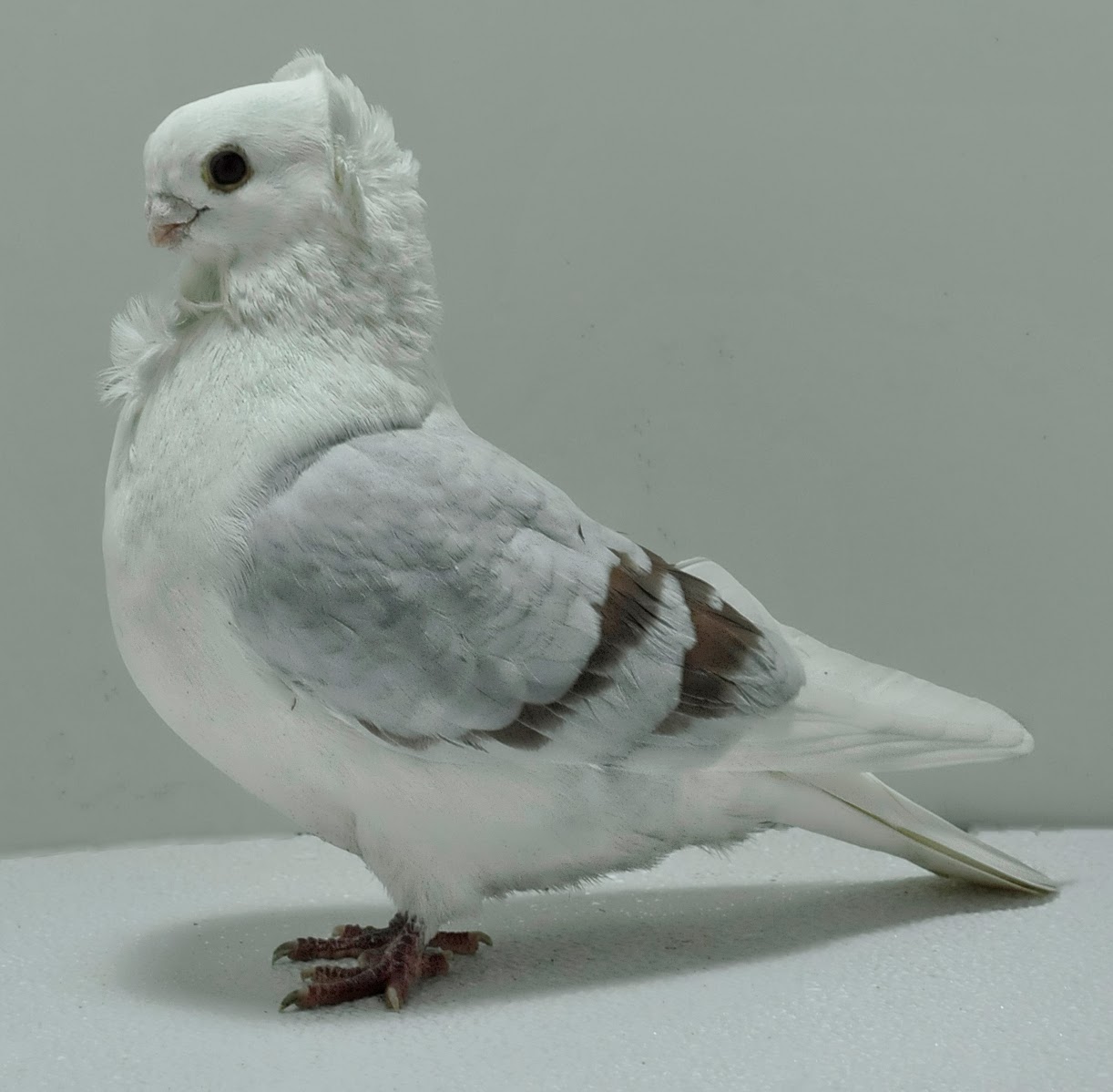The German Owl, a breed cherished for its striking appearance and captivating behavior, has gained popularity among bird enthusiasts and pet owners alike. This article delves into the characteristics, history, care, and unique traits of this remarkable bird, providing you with a comprehensive understanding of why the German Owl is a favorite in aviculture.
In this guide, we will explore the origins of the German Owl, its distinct features, and the best practices for caring for these elegant birds. Whether you are a seasoned bird keeper or a newcomer to the world of aviculture, this article aims to equip you with valuable information about German Owls and how to ensure their well-being.
Join us as we navigate through the intriguing aspects of the German Owl, uncovering its charm and the responsibilities that come with being a proud owner. From its physical traits to its dietary needs, we will cover every essential detail you need to know.
Table of Contents
- 1. Biography of the German Owl
- 2. Key Characteristics of the German Owl
- 3. History and Origin of the German Owl
- 4. Caring for Your German Owl
- 5. Diet and Nutrition for German Owls
- 6. Behavior and Personality Traits
- 7. Breeding German Owls
- 8. Conclusion and Final Thoughts
1. Biography of the German Owl
The German Owl, also known as the "Deutsche Eule," is a domestic breed that is well-regarded for its unique appearance and friendly demeanor. These birds are known for their striking feather patterns and colors, which can vary greatly among individuals. Below is a brief table summarizing key personal data about the German Owl:
| Attribute | Details |
|---|---|
| Scientific Name | Athene noctua |
| Origin | Germany |
| Color Varieties | Various (including grey, white, brown) |
| Average Lifespan | 10-15 years |
| Size | Medium-sized (around 30 cm) |
2. Key Characteristics of the German Owl
German Owls are known for their distinctive features, making them easily recognizable among other breeds. Here are some of the key characteristics:
- Physical Appearance: German Owls typically have a round face, large eyes, and a compact body. Their feathers come in a variety of patterns and colors.
- Temperament: They are generally friendly and sociable, making them excellent companions. Their calm demeanor allows them to adapt well to various living environments.
- Vocalizations: German Owls are not known for being overly noisy, which makes them suitable for urban settings. They do, however, have a range of soft hoots and calls.
3. History and Origin of the German Owl
The history of the German Owl dates back several centuries. This breed was developed in Germany and has roots in various owl species. Understanding its history helps appreciate the breed's evolution:
- Development: The German Owl was selectively bred for its unique traits, which include appearance and temperament.
- Recognition: Over the years, the breed has gained recognition in various avicultural circles, leading to its popularity among bird keepers.
- Cultural Significance: In Germany, the German Owl is often associated with folklore and traditions, symbolizing wisdom and knowledge.
4. Caring for Your German Owl
Caring for a German Owl requires commitment and knowledge. Here are essential tips for ensuring your owl thrives:
4.1 Housing Requirements
- Provide a spacious cage with appropriate perches and hiding spots.
- Ensure that the cage is well-ventilated and protected from extreme weather.
4.2 Health Care
- Regular check-ups with an avian veterinarian are crucial to monitor your owl's health.
- Be attentive to any signs of illness, such as changes in behavior or appetite.
5. Diet and Nutrition for German Owls
A well-balanced diet is vital for the health of your German Owl. Here’s what you need to know about their dietary needs:
- Primary Diet: German Owls thrive on a diet of high-quality pellets, supplemented with fresh fruits and vegetables.
- Water: Always provide fresh, clean water, and ensure it is changed daily.
- Treats: Occasional treats, such as insects or seeds, can be offered but should not make up more than 10% of their diet.
6. Behavior and Personality Traits
Understanding the behavior of German Owls is essential for building a strong bond with them. Here are some notable traits:
- Socialization: German Owls enjoy interaction and can be trained to respond to their owner's voice.
- Playfulness: They are curious and playful, often engaging with toys and exploring their surroundings.
- Bonding: With proper care and attention, German Owls can develop strong bonds with their owners.
7. Breeding German Owls
For those interested in breeding German Owls, it’s important to understand the process:
- Breeding Season: Typically occurs in spring; provide a suitable nesting box for the female.
- Egg Care: Ensure the eggs are kept in a safe environment, and monitor the female during the incubation period.
- Chick Care: Once hatched, provide adequate food and warmth for the chicks as they grow.
8. Conclusion and Final Thoughts
In conclusion, the German Owl is a fascinating bird that brings joy and companionship to its owners. By understanding its characteristics, history, and care requirements, you can ensure a fulfilling relationship with your German Owl. We encourage you to explore more about aviculture, share your experiences, and leave your comments below. Remember, the journey of caring for a German Owl is one filled with learning and love.
Thank you for reading our comprehensive guide on the German Owl. We hope you found this information helpful and inspiring. For more articles about birds and aviculture, feel free to browse our website and join our community of bird enthusiasts!




